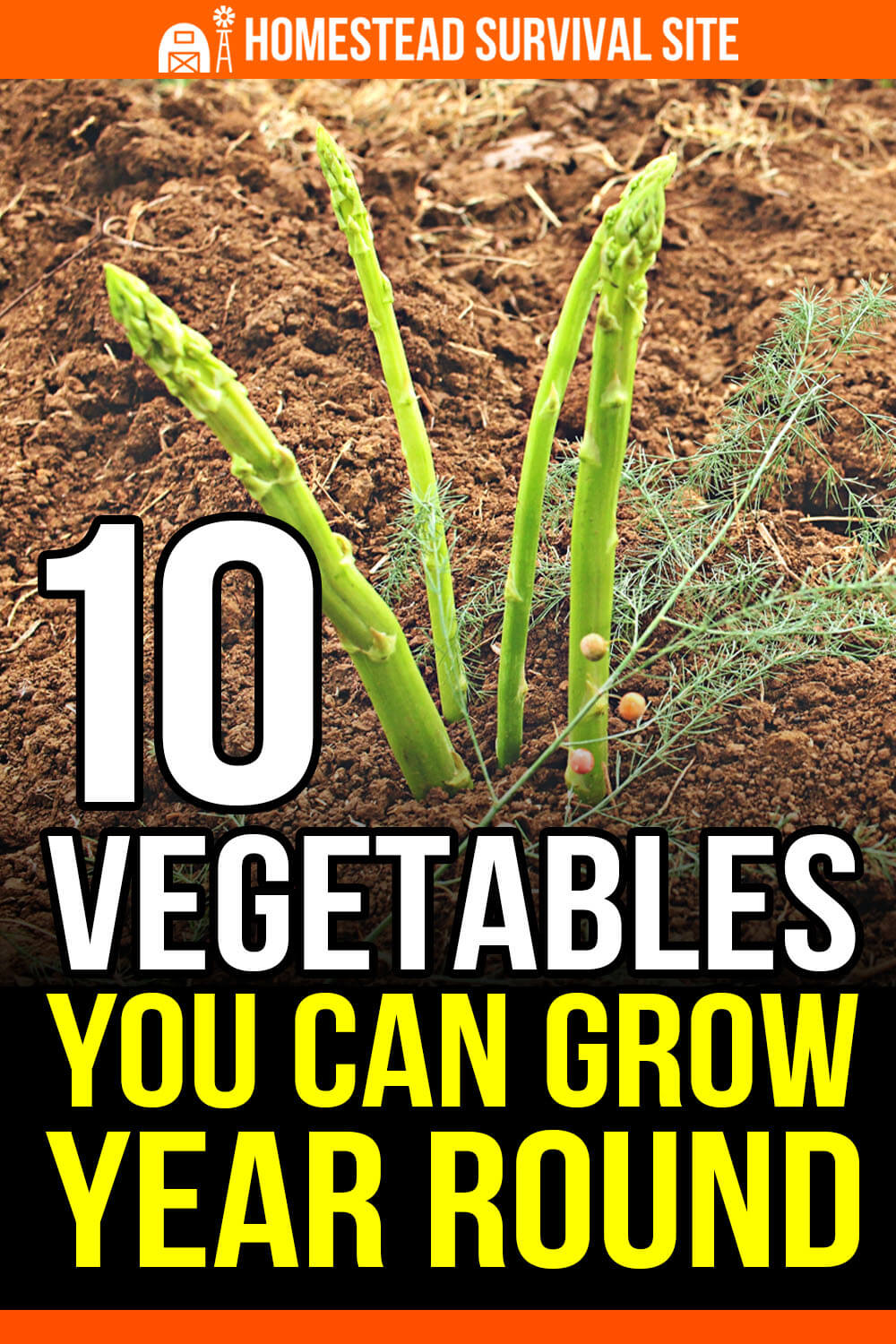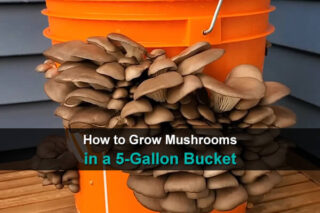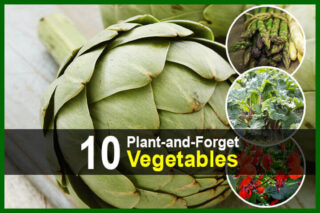Estimated reading time: 8 minutes
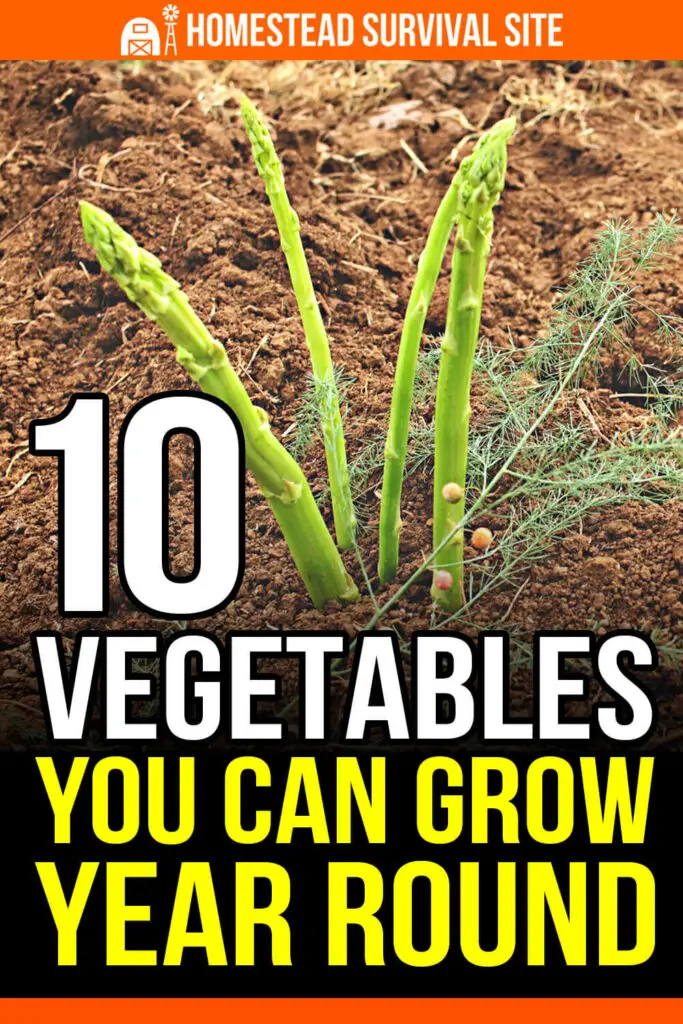
Each spring, gardeners prepare their soil for new crops. They transplant precious seedlings, and when temperatures are warm enough, they plant seeds directly in the ground.
But did you know there are many options for year-round vegetable plants? As long as you protect them from extreme heat and cold, perennial vegetables can offer years of harvests. Before we get into a list of perennial veggies to consider, let's make sure we understand some essential terms.
A perennial is a plant that comes back year after year – some for three years or so and others for decades. An annual must be planted each year, and a biennial lifespan is two years. Another important factor is your region's hardiness zone. Although all the plants in our list are considered perennials, they may not survive extreme temperatures.
You can refer to the USDA hardiness zones listed on seed packets or plant labels and compare them with the zone where you live. With the chances of extreme weather increasing due to climate change, you should also keep up to date with weather forecasts in order to protect your perennials as necessary.
Here's a list of vegetables you can grow year-round.
Want to save this post for later? Click Here to Pin It On Pinterest!
1. Artichoke
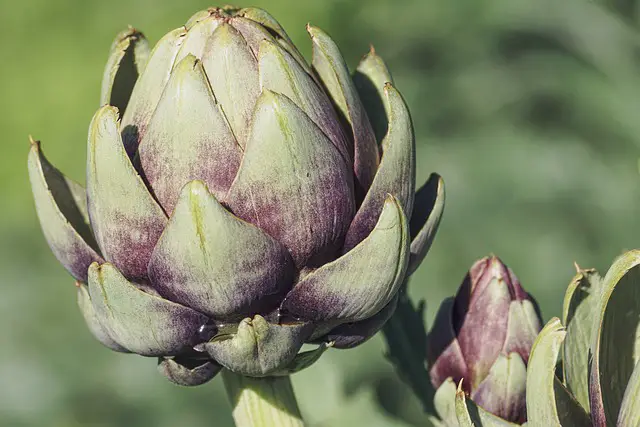
Here are some tips for growing artichokes year-round.
- Harvest perennial artichokes in spring and amend with a two-inch layer of compost.
- Harvest again in the fall when the stalk has extended, but the bud has not fully opened.
- In locations where artichokes are only marginally hardy, cut back the plant in the fall and cover it with a six-inch-thick layer of straw.
Artichokes are heavy feeders and need consistent moisture but avoid overwatering. Artichokes can survive drought but won't produce as well in dry conditions. For more on growing artichokes as perennials, here's a good resource.
2. Asparagus
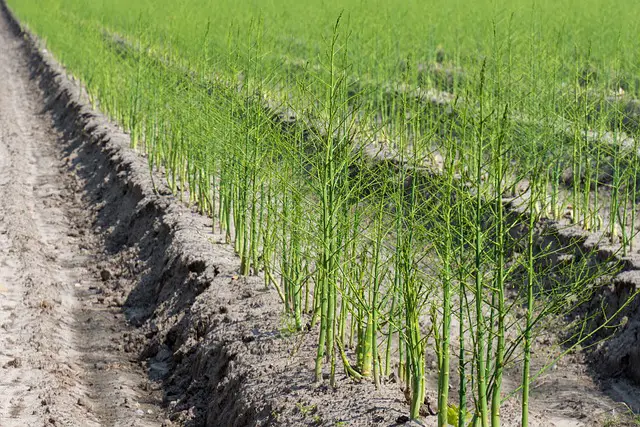
Some gardeners can keep their asparagus growing and producing a harvest for two or more decades. Keep in mind, however, that you won't get a yield until the third growing season. But if you keep the bed weed-free, they'll produce for 20 years or more.
Asparagus plants like full sun and well-drained soil. It's best to grow asparagus from bare-root crowns planted directly into the ground. Prep the soil with compost before planting. Avoid fertilizers that are high in nitrogen because nitrogen will promote more foliage rather than the stalk production you want.
If you leave some of the asparagus spears alone each year, they will grow into fern-like plants that will rejuvenate the roots of another crop. Here's more on growing asparagus.
3. Broccoli
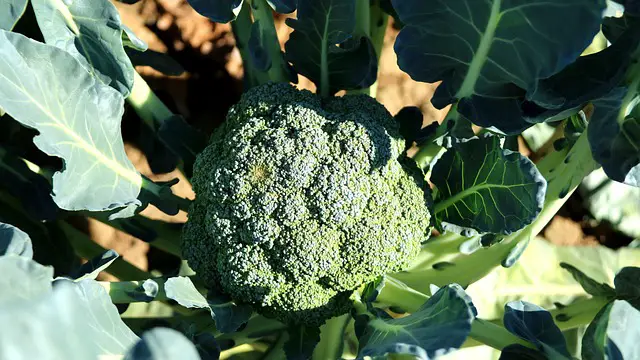
Most varieties of broccoli are annuals, but there are a few varieties that grow as perennials. They include Broccoli Raab, Nine Star, Purple Cape, Gailan, and Chinese broccoli.
Broccoli does best in well-drained, sandy, composted soil. Its shallow root structure allows it to grow in shallow beds. Prolonged heat prompts broccoli to bolt or flower prematurely. Here's more on growing broccoli year-round.
4. Spinach
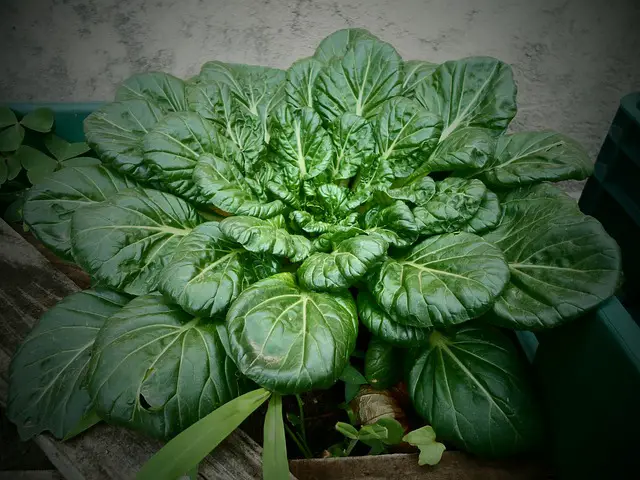
Not all spinach varieties are perennial. Look for New Zealand, Sissoo, or Ceylon varieties. While some fully-grown spinach plants will overwinter successfully, your chances are best when the plant has only a few leaves and the cold nighttime temperatures prevent new growth.
Consider row covers or cold frames to protect spinach from harsh temperatures. Here's more on growing spinach and other healthy greens year-round.
5. Kale

Most people consider kale a biennial, but some gardeners have good luck stretching their years of harvest beyond that. Plus, colorful kale looks attractive in the garden.
Kale plants prefer full sun and composted, well-drained soil. Consider adding nitrogen-rich fertilizers, such as blood meal, before planting.
To extend your harvest when temps drop, use row covers or tarps. Intense summer heat is not kale's friend. Here are some heat-tolerant varieties to consider:
For more information on growing kale year-round, here's a helpful resource.
6. Rhubarb
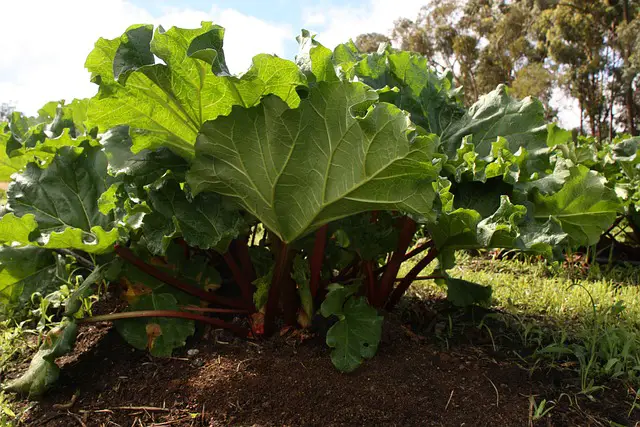
Although it's used in tasty pies like a fruit, rhubarb is a hardy perennial vegetable. Rhubarb prefers full sun and moist, well-drained soil.
You won't be able to harvest the first year or maybe even the second. But established plants will produce for many years. Use only the stems in your rhubarb recipes; the leaves are poisonous.
When the stalks get thin – typically, after six to eight years, dig and divide the plant in spring or fall for many more harvests.
Here's more on growing colorful rhubarb.
7. Onions

Although most onions are considered annuals, some onion varieties come back year after year, like other bulbs. They do well in no-dig gardens or wild gardens and need little care.
Here's a list of hardy perennial onion varieties to look for:
- Wild onion/meadow garlic
- Geyer's onions
- Ramp onions
- Nodding onion
- Prairie onion
- Small yellow onion
- Potato onion
- French red shallot
- Walking onion
- Blue globe onion
Here's more information on growing perennial onions.
8. Garlic
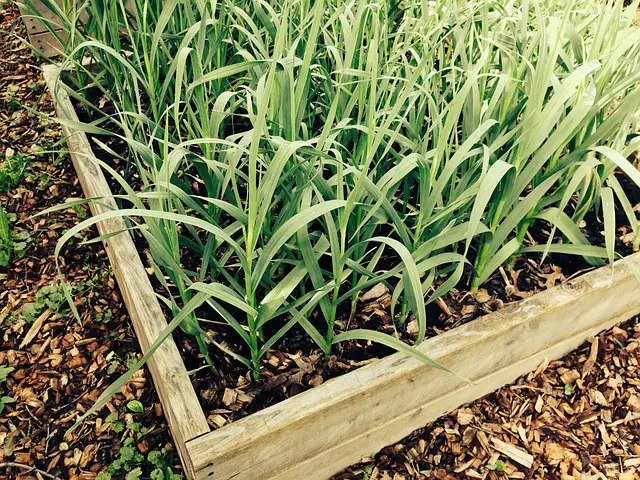
If you plant garlic cloves in a no-dig area of your garden for two or more seasons, they will multiply. A single garlic clove will produce dozens of garlic shoots!
The harvesting process for perennial garlic is different than with annual garlic. You can read about it here.
9. Okra
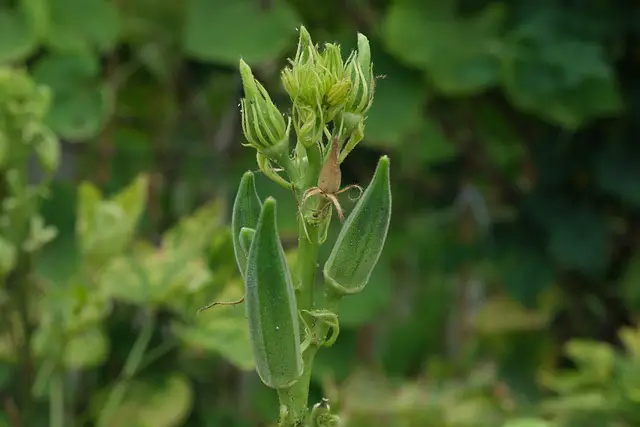
Okra is a perennial vegetable that can produce a big harvest. However, for best results, you must harvest okra early and often.
Okra plants prefer full sun, average moisture, well-drained soil, and neutral soil pH between 6.5 and 7.5. It can withstand some drought conditions.
If you're in the South, you're in luck because okra likes heat and humidity. For colder climates, look for varieties with cold tolerance and a shorter growing season. Here is some guidance.
10. Chayote Squash
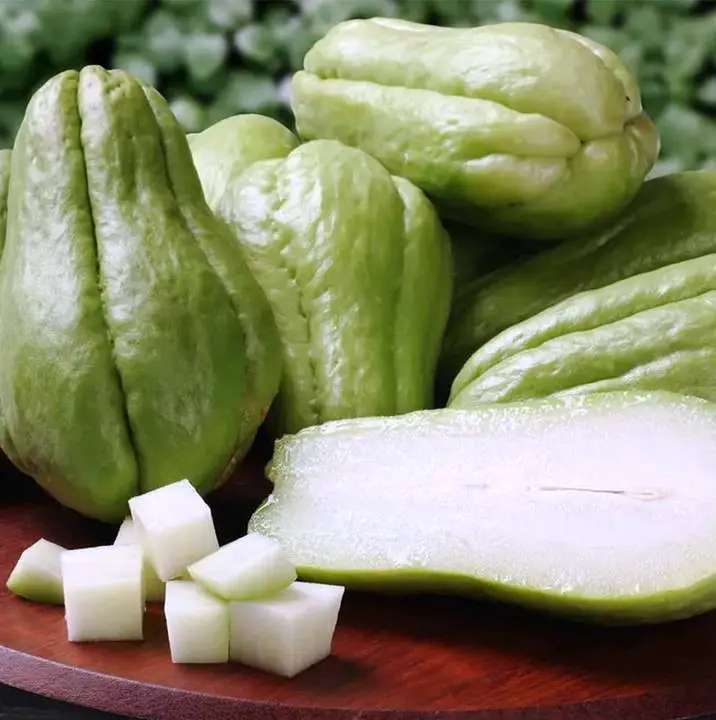
Also called mirliton, chocho, chuchu, and vegetable pear, this squash variety is a tasty perennial. It has a high water content and a mild taste that resembles cucumber or jicama.
Chayote likes a sunny location and needs a strong trellis for support when the fruit emerges. However, it is susceptible to root rot, so choose your location carefully. A single plant can produce over 50 pounds of fruit in a season. An added bonus is that honeybees love chayote blossoms.
Here's more on growing chayote year-round.
Biennial vegetables
Here is a list of veggies and herbs commonly thought of as annuals that will produce two years (or sometimes more) of harvest.
- Brussels sprouts
- Beets
- Cabbage
- Carrots
- Cauliflower
- Celery
- Chard
- Collards
- Leeks
- Parsley
- Parsnip
- Turnip
- Sorrel
- Rutabaga
Perennial and biennial vegetables are a great way to extend your growing season, save money on seeds and starter plants, and save time in the garden planting.
Pay close attention to the varieties you choose. And remember that perennials are not maintenance-free. You'll still need to monitor them for pests, soil conditions, heat, cold, and water conditions. Also, as we've pointed out, some perennials take a few seasons to produce a harvest.
However, once your perennial plants are well-established, they will be better able to handle unfavorable conditions that may come their way.
For more on growing perennial vegetables, here are some further resources to explore.
- Growing Perennial Foods by Acadia Tucker
- How to Grow Perennial Vegetables by Martin Crawford
- Perennial Vegetables by Eric Toensmeier, Elayne Sears, and Ben Watson
- Over 30 Edible Perennials in a Small Garden – video by Learn How to Garden
Like this post? Don't Forget to Pin It On Pinterest!
You May Also Like:

